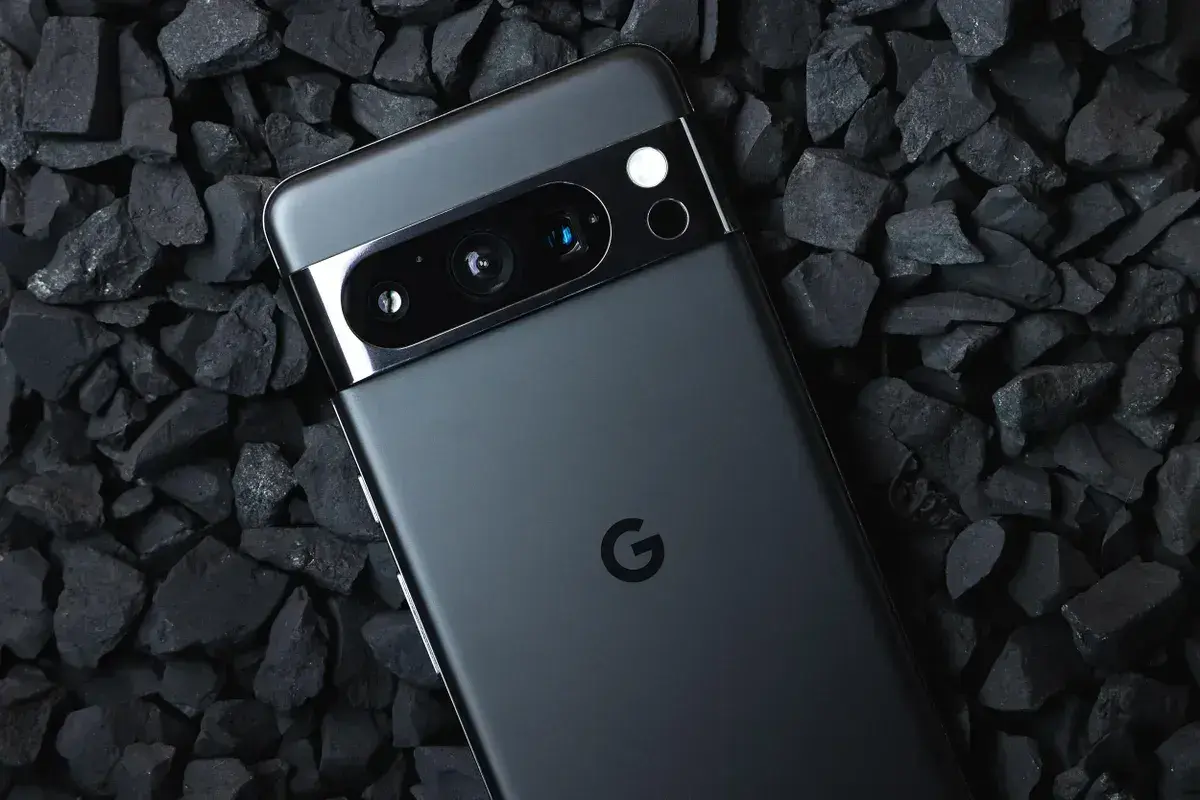In the realm of smartphones, performance is a significant factor that influences consumer choices. Recently, the Google Pixel 8 Pro and 8s have come under the spotlight as their Tensor G3 GPU was put to the test in various benchmarks. While the results unveiled a concoction of decent efficiency and underwhelming performance, it paints a broader picture of what consumers might expect from these gadgets. This article delves into the nitty-gritty of the benchmark results and what they mean for potential buyers.
Benchmark Undertakings
The benchmarks aimed at gauging the performance and efficiency of the Tensor G3 GPU, which powers the Google Pixel 8 Pro and 8s. Various tests were conducted, evaluating how well the GPU performs under different circumstances. The findings were a mixed bag, with some aspects outshining others.
Performance Metrics
The performance of the Tensor G3 GPU did not quite match up to the expectations set by its predecessors. In comparison to competing models, the GPU fell short in delivering a high-performance output. Nonetheless, it was not all gloomy as the GPU showcased decent efficiency metrics, which is a silver lining for users prioritizing battery life and thermal management over raw performance. This balance between efficiency and performance may appeal to a specific demographic of users.



Efficiency Under the Lens
The efficiency of the Tensor G3 GPU is a notable highlight. With the growing demand for longer battery life, this feature might resonate well with users. Moreover, efficient thermal management ensures that the device remains cool, thereby contributing to a smoother user experience. This aspect of the Tensor G3 GPU is a welcome advantage, especially for those who engage in moderate smartphone usage and seek a device that harmoniously blends performance with longevity.
In conclusion, the Google Pixel 8 Pro and 8s, powered by the Tensor G3 GPU, present a narrative of compromise. While they might not satiate the appetite of performance-hungry users, they certainly carve a niche for themselves among those who value a balanced approach towards performance and efficiency. As Google continues to refine its in-house silicon, the future iterations might bridge the performance gap while retaining the efficiency quotient.
Sources:


Leave a Reply